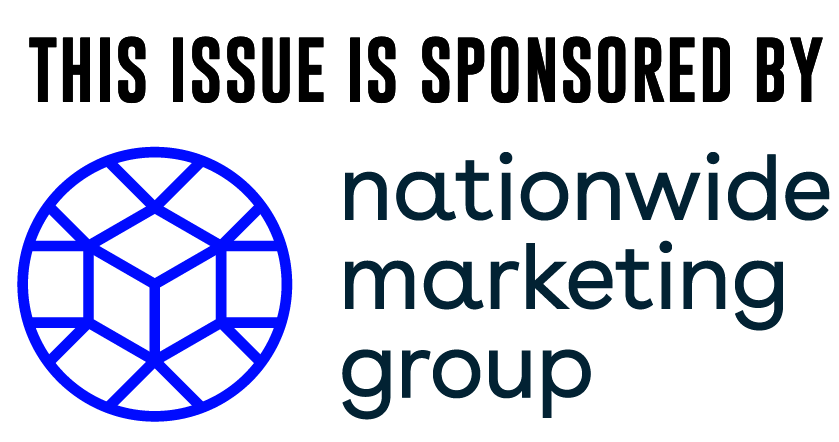On a special episode of the Independent Thinking Podcast hosted live from Nationwide’s Virtual PrimeTime, Patrick Tam, Strategic Partner Manager at Google, discussed digital trends as they relate to retail and the ways retailers can use Google’s suite of tools to stay ahead of them.
During the discussion led by Rob Stott, Corporate Communications Manager of Nationwide Marketing Group, Tam described how this past year forced retailers to rethink their business models and how they engage with their customers. Tam referenced an Enders Analysis study that showed online retail has been accelerated four years as a result of the pandemic. Businesses were quick to adapt and embrace this innovation, and Google played a big part in it all.
As retailers navigate this new digital landscape, the Google Partners Program offers reliable insights on companies that can help them reach their goals. The whole idea of the program is to offer some “structure” to the marketplace and highlight those companies that are truly delivering the best services.
Nationwide Marketing Group is one of those companies.
They have actually been named a Google Premier Partner, which requires an even higher level of professionalism. In order to be granted a Premier Partner status, a company must be able to reach a large number of small businesses across the U.S. Additionally, this partner must encompass a high level of excellence and expertise. Google has a set of measures in place to gauge performance that all partners in this rank are held accountable to. They also require Premier Partners to undergo specific certifications and trainings to ensure they are well versed in the entire Google Suite.

All of these tools have proven to be of vital importance during the acceleration to e-commerce. Tam feels strongly that the changes we’ve experienced in retail as a result of the pandemic will have a lasting impact. One of those is the importance of a retailer’s online presence.
“Your website is your best employee,” says Tam.
A company’s website has become the entry-point for customers, and a positive experience there will leave a lasting impression and get them to the next stop: visiting your storefront. Once they’re in, utilizing Google Trends or Merchant Reports can provide insight into what products people are looking to buy and the brands that they trust. Leveraging this data can help retailers optimize merchandising and ordering decisions so that their shelves are always stocked with the most popular products and brands at the right quantities.
One thing Tam says he would like to see utilized more on the retail front is augmented reality. This tool provides customers with a wealth of information on a product right at their fingertips. The more information someone can learn about a product from videos, reviews, ratings, etc. will help them to feel more confident in their buying decisions.
As Stott explains, it doesn’t take becoming an expert in the entire Google Suite in order to succeed, but retailers can have faith that, when partnering with a Google Premier Partner like Nationwide, they will be backed by a team of experts who can help them reach their goals.

